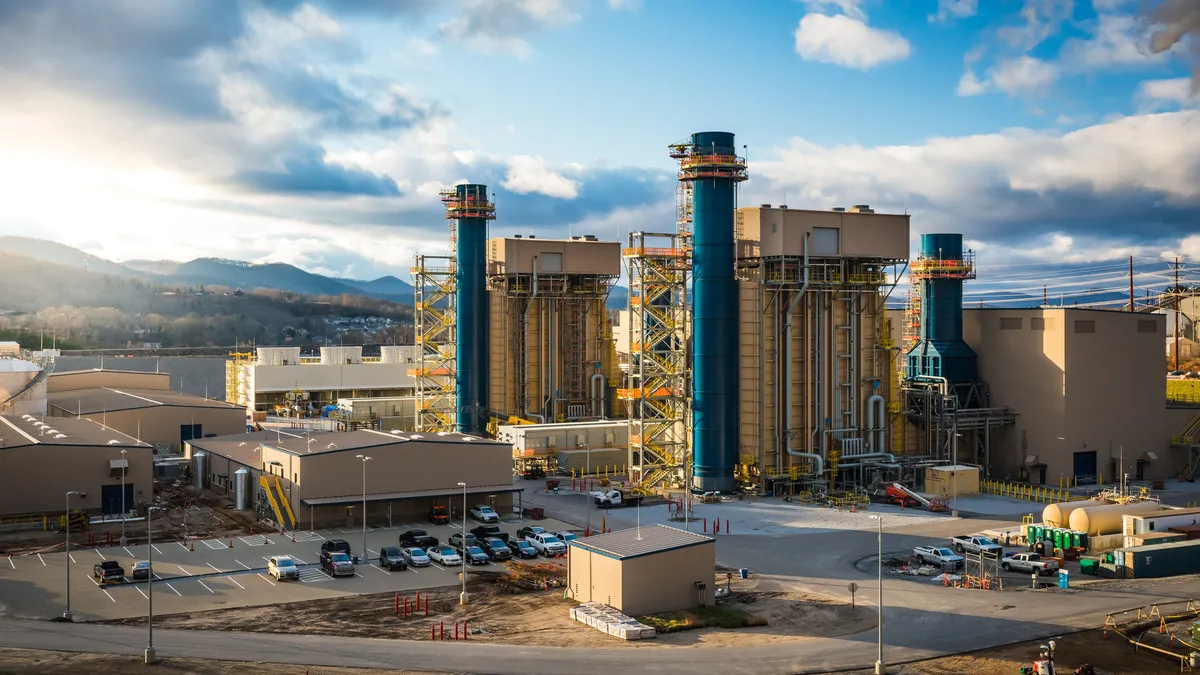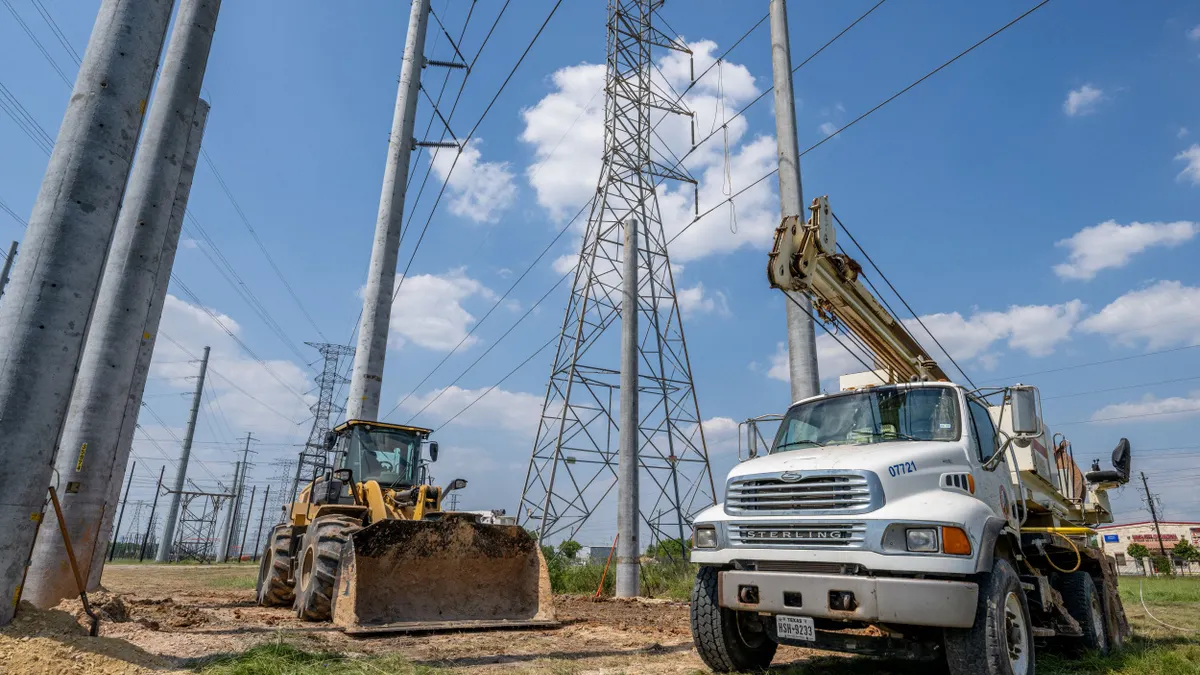Minnesota is big on energy savings. The state's Conservation Improvement Program (CIP), which offers consumers incentives for using high-efficiency appliances and home energy audits, is more than a decade old.
The state's ongoing efforts to encourage utilities to utilize a supply side initiative into their portfolio of energy efficiency programs laid out a roadmap for other states to potentially craft similar policies.
The Next Generation Energy Act, passed in 2007, created an energy efficiency standard, mandating the development of utility plans to save 1.5% energy annually for average retail sales. Electric and gas utilities have increased conservation efforts as a result of the law.
Utilities were allowed to achieve these savings through a combination of demand-side solutions and by investing in electric utility infrastructure (EUI), such as heat rate improvements at power plants or high efficiency transformers, which offered a large potential of energy savings in the state.
However, only 18 of the more than 100 utilities in the state have taken advantage of counting EUI investments toward their annual energy savings reductions, Minnesota Department of Commerce's Anthony Fryer told a crowd of state regulators on Wednesday at the 2019 North American State Energy Officials (NASEO) policy outlook conference.
"Minnesota is unique in that our statute says you can count infrastructure toward your conservation goal," Travis Hinck, project manager with GDS Associates, a partner with the state's Department of Commerce, said on the panel. He worked with state staff to increase awareness of the program and to identify what needed to change to lower barriers for implementation.
At stake, the state had an unrealized potential for EUI conservation — more than 2,000 GWh per year — according to a fact sheet released last summer. The technology upgrades exist as an alternative to couple with traditional demand-side conservation projects, such as investing in more efficient heating and cooling systems or lighting.
The lessons learned pose as a roadmap for wide stakeholder engagement to increase energy savings for power generation and transmission and distribution assets. Fryer, the State Energy Office's CIP coordinator, presented some of Minnesota's policy recommendations for the state's energy efficiency program at the NASEO conference.
"Our experience may be somewhat unique in that we didn't have to sort of start it ourselves, it was started for us and we were left to try to provide as much clarity for the utilities as possible, and then a large education component to that as well."

Anthony Fryer
CIP coordinator, State energy office at the Minnesota Department of Commerce
How the policy implementation 'sausage' gets made
The Department of Commerce is progressing on three initiatives meant to lead to an increase in EUI adoption among utilities, and commissioned GDS to help complete the projects:
- Publishing a technical reference manual of EUI measures;
- Holding a stakeholder engagement process, involving utilities, advocacy groups, consumers and policymakers;
- Publishing a study of EUI potential in the state.
The study, to be fully released in the coming weeks, established that about 9% of the state's electric conservation goals could be met through EUI conservation. This represents "a sizable chunk," Hinck said, and offers another tool for utilities beyond weatherization efforts and demand-side work.
"One of the concerns was that there might not be enough potential here to be worth going after at all. On the other end, we were also worried that there might be so much efficiency potential that a utility could do projects at a couple [of] substations and displace their entire demand-side conservation portfolio," Hinck said.
The transmission sector nearly doubled the achievable conservation potential of the generation sector. The technology evaluated for energy efficiency included upgrading conductors, which made up nearly half of the achievable potential forecast, as well as transformer upgrades and conservation of voltage reduction.
Low-loss conductors, a type of advanced conductor technology that maintains higher amounts of the electricity being transmitted through the material of the wire, provided more conservation opportunity than originally anticipated, according to the potential of EUI conservation's fact sheet.
The top EUI generation potential in the state was based on plants that use heat rate as a measurement of performance, namely gas and coal, that were not planned for retirement or decommissioning and did not have low capacity factors. More than half of the opportunities for heat rate improvements involved subcritical coal-fired plants and nearly a quarter concerned combined cycle gas power plants.
The full study of EUI potential will break out the different categories of utilities in the state into available EUI opportunity, Hinck said.
"All utilities have potential in the infrastructure efficiency," he told Utility Dive.
Rural utilities might focus on conductors whereas more urban utilities might find building up substation transformers to be more valuable, according to Hinck.
Minnesota's energy office leadership was necessary to guide the EUI deployment, according to David Townley, public policy director of CTC Global, an advanced conductor developer.
"These energy offices, used generically because they're scattered around different places in the states, they need a lead, somebody to step up and say 'this is an overlooked system for carbon reduction and energy savings,'" Townley told Utility Dive.
"We're doing great programs in use for decades, we're getting new technologies in generation, but we're delivering that electricity in over-100 year old technology. Hello? There's a better way."
"The lessons we learned here you can extrapolate to other states."

Travis Hinck
Project manager, GDS Associates
Any other policy takers?
EUI investments would be more economic if states had carbon taxes in place, Townley said. However, as Minnesota showed, carbon taxes are not the only way to promote EUI development. In addition to energy efficiency goals, certain EUI technologies, including advanced conductors, increase the system's resiliency, according to Paul McGlynn, panel presenter and senior director of system operations at PJM Interconnection.
Minnesota's energy office was able to promote engagement on a program that is contributing toward a mandatory state goal. States might have a different path to jump start similar EUI efficiency initiatives.
"Our experience may be somewhat unique in that we didn't have to sort of start it ourselves, it was started for us and we were left to try to provide as much clarity for the utilities as possible, and then a large education component to that as well," Freyer said.
The state will develop a final action plan to include all the recommendations made over the course of the project, based on the stakeholder meetings and stakeholder surveys conducted. The plan is in the process of being written, Hinck said. Already, the state has issued a policy guidance and developed utility tools to plug in numbers and determine a baseline benefit for the savings that utilities can capture on a generation and T&D level.
"As far as the potential and the process to capturing the savings, I think it'd be similar in most states," Hinck said. "The lessons we learned here you can extrapolate to other states."
States with interest in carbon reductions could benefit from similar programs that incentivize energy efficiency infrastructure investments.
"There are some states like Pennsylvania, New York, Maryland and Colorado, whose governments have expressed interest in carbon reduction ... and this is a great opportunity then for [energy offices] to initiate a sort of a program to get energy savings, carbon reductions to support the governor's statements or even state initiatives," Townley said.
When it comes to energy line losses, Minnesota is middle-of-the-road in the annual potential for reduced emissions. Some 22 other states would save more by achieving a 30% reduction in estimated line losses.
| States that have mentioned carbon reduction goals | 30% Estimated Line Losses (MWh) |
|---|---|
| California | 4,198,492 |
| New York | 2,366,208 |
| Pennsylvania | 2,333,544 |
| Illinois | 2,238,979 |
| Washington | 1,500,551 |
| Minnesota | 1,095,899 |
| Total U.S. | 60,763,415 |
SOURCE: Energy Information Administration's State Electricity Profiles, Data from 2017, Table 10: Supply and Disposition of Electricity






















